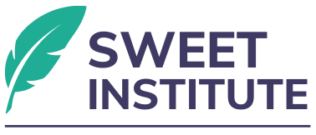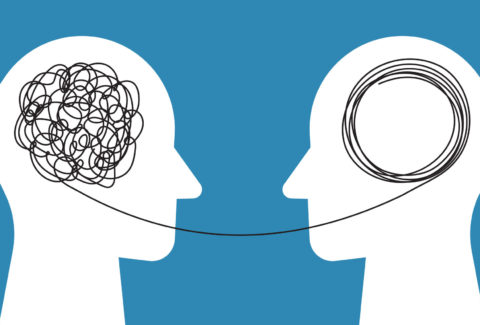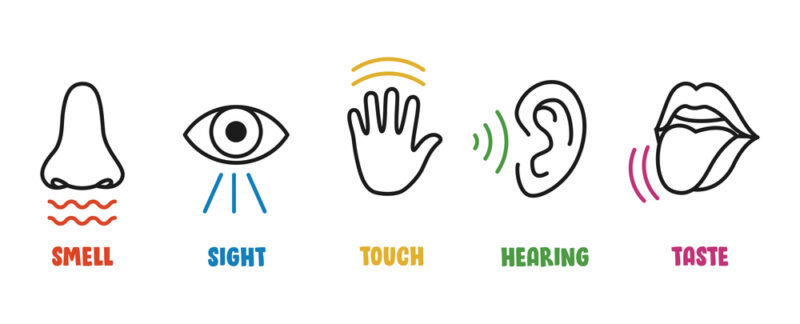Language as a Portal: The Meta-Model in Clinical Practice
The quality of your life is determined by the quality of your communication.” – Tony Robbins (influenced by NLP)
When clients tell us their stories, they rarely describe the full picture. Instead, they give us a filtered version of reality, shaped by beliefs, assumptions, and unconscious language patterns. These patterns—often full of generalizations, deletions, and distortions—offer critical insights into the client’s internal model of the world.
What Is the Meta-Model?
The Meta-Model[1] is a framework of specific language patterns and questions designed to:
- Make vague language more precise
- Clarify hidden assumptions
- Reveal underlying beliefs that shape experience
- Create new possibilities for insight and change
The Meta-Model[2] works by targeting three main types of linguistic distortions:
- Deletions[3] – Leaving out information
- “I feel terrible.” → “About what specifically?”
- Generalizations – Turning one experience into a universal truth
- “No one ever listens to me.” → “No one? Ever?”
- Distortions – Misrepresenting or assuming causality
- “He makes me feel worthless.” → “How does he do that?”
These patterns often reflect core beliefs—like “I’m not good enough,” or “I’m powerless.” By bringing precision and curiosity to the language, clinicians can help clients access deeper layers of meaning that might otherwise stay buried.[4]
Why It Matters in Therapy
Language creates reality. When a client says, “I can’t,” they are reinforcing a neurological and emotional block. When they say, “He ruined my life,” they are assigning agency externally and reinforcing victimhood. These statements are not just words—they are doorways into the client’s core narrative.
The Meta-Model[5] helps clinicians intervene without resistance. Instead of confronting or correcting, we inquire: “How, specifically?” or “According to whom?” or “What stops you?” These gentle yet precise questions invite clients to examine the structure of their thoughts, not just their content.
A Clinical Example
A client says: “I’ll never get better.”
The clinician might respond: “What makes you believe that?”
Or: “Never? Has there ever been a time you felt even slightly better?”
These questions challenge the generalization and open the possibility of exception, growth, or re-evaluation.
Another client says: “I have to make everyone happy.”
The clinician could ask: “What would happen if you didn’t?” or “Who taught you that?”
This invites exploration of origin, consequences, and internalized rules.
Clinician Reflection
This week, begin to listen more deeply—not just to what your clients say, but how they say it. What’s missing? What’s assumed? What beliefs lie beneath?
When you gently question the structure of a client’s language, you help loosen the grip of rigid beliefs and open up new mental and emotional territory.
[1] Ahuja, Taniya. “Case study: Meta model of Neuro Linguistic Programming (NLP) as an effective mode of therapy for moderate depression.” International Journal of Indian Psychology 6.3 (2018).
[2] Grinder, John, ed. The origins of neuro linguistic programming. Crown House Publishing, 2013.
[3] Angell, G. Brent. “Neurolinguistic programming theory and social work treatment.” Social work treatment: Interlocking theoretical approaches 4 (1996): 480-502.
[4] Knight, Jenny. “Deletion, distortion and data collection: the application of the Neuro-linguistic Progamming (NLP) meta-model in qualitative interviews1.” Market & Social Research 20.1 (2012): 15.
[5] Einspruch, Eric L., and Bruce D. Forman. “Observations concerning research literature on neuro-linguistic programming.” Journal of Counseling Psychology 32.4 (1985): 589.









